How to make your boss care about your professional development
Chances are, your career development is not on your Manager's priority list. And while you know that your professional development can also be beneficial for your organisation, articulating the benefits is challenging. Communicating such benefits is where most professionals struggle and are met with rejection.
You'll find many online templates aimed at helping you write a business case for training funding. The problem with these templates is just that – they're templates and not necessarily suited to your situation.
When your career development hinges on learning, how do you position your training request so that it is taken seriously and not simply perceived as a way to get yourself another certification to add to your CV? How can you make your boss care about your professional development as much as you?
The answer is not another template – it's Strategy.
Though your organisation may prioritise professional development overall, often, the capability-building needs of their executive support teams are not apparent. Perhaps it's the ambiguity of the role or the perceived indistinctive skillset that doesn't automatically align the c-suites' collective thoughts of this role's training needs to the organisation's strategic objectives. But this here - the organisation's strategic objectives - is where we need to focus. They are the key to rethinking the approach to successful L&D requests, one that suits you and helps you achieve your training funding!
It's a strategic approach to requesting training that yields more positive results for all parties. Framing your request to speak to a "we" narrative rather than a "me" one is infinitely more effective.
Before implementing any strategy, research is essential. Answering the following questions will help you clarify the skills deficits that need attention, define the required training, and articulate the benefits to address the "we", not just the "me".
What is your organisation's "why"? Gaining a thorough understanding of the organisation's reason for being, whom they serve and how they serve their market is a critical first step. You'll find many of the answers you're seeking in the company's mission statement – there's a wealth of information right there!
What is your Manager's role/place in the organisation? Do you know and understand what their deliverables are in the context of the organisation's strategic objectives? For example, your Manager, the VP of global sales, has the critical role of expanding the organisation's global footprint. Their deliverables are not just about market growth to feed the bottom line; they are about broadening their network, aligning partnerships, leading to business growth.
What is your place in this mix? What aspects of your role help your Manager, department or business unit achieve its objectives? What contributing factors are you evaluated on? Carrying on from the example above, perhaps maintaining accurate databases (at an entry-level) or managing stakeholder relationships (for higher-level business assistants) or maybe both – are examples of your contribution.
About your current skills and competencies. Now that you've answered question 3 above, you're able to identify the skills and competencies you lean into, and more importantly, are missing to deliver on your key performance indicators. Using the example above, you might be the custodian of your Manager's extensive network contact lists. In this regard, a process-driven approach, analytical, methodical, attention to detail, research and technical skills are all essential. Or, at a higher level, you are in charge of maintaining communication channels with critical stakeholders. In this case, your interpersonal agility, negotiation, cultural competence and communication skills must be solid.
Assess. What skills and or competencies are missing that would help you contribute more effectively to your Manager's and, by extension, to the company's strategic objectives. If you're the custodian of your Manager's extensive contact lists, you might determine that learning a CRM software would automate some repetitive functions and give you more time to address other areas within your scope. Or, at the higher level, understanding stakeholder management strategies would positively contribute to your Manager's strategic engagement plans. In this regard, strategic management or a communication course would help force-multiply your Manager's efforts.
By following these steps, you'll be able to directly align your training needs with the organisation's strategic goals and illustrate how a relatively small investment can significantly enhance your contribution to the organisation.
Remember that professional development is a marathon, not a sprint! This process is key to determining your longer-term professional development roadmap. Take ownership of your career development. Identify your skills deficits and acquire those that help you contribute more effectively as a professional in any role you might take.
Having a clearer picture will help you strategically articulate the added value you can contribute to your Manager and the organisation. When you can do this, that's when you have a solid case for professional development funding. More importantly, you'll gain and exude confidence knowing exactly how you want to evolve as a professional, what you need to do, and how to achieve it.
There is more to this process, as you would expect. Choosing the right course is the next phase of your research. There may be internal training opportunities that will be a fit as well as external ones. Your professional development journey deserves careful consideration, as does the time and funds you and your organisation invest in it. By considering the steps above, communicating your position will be less a negotiation about funding and more a conversation around resource optimisation that aligns with the strategic goals of your Manager and the organisation.

